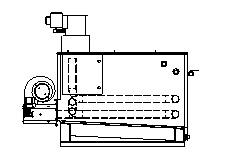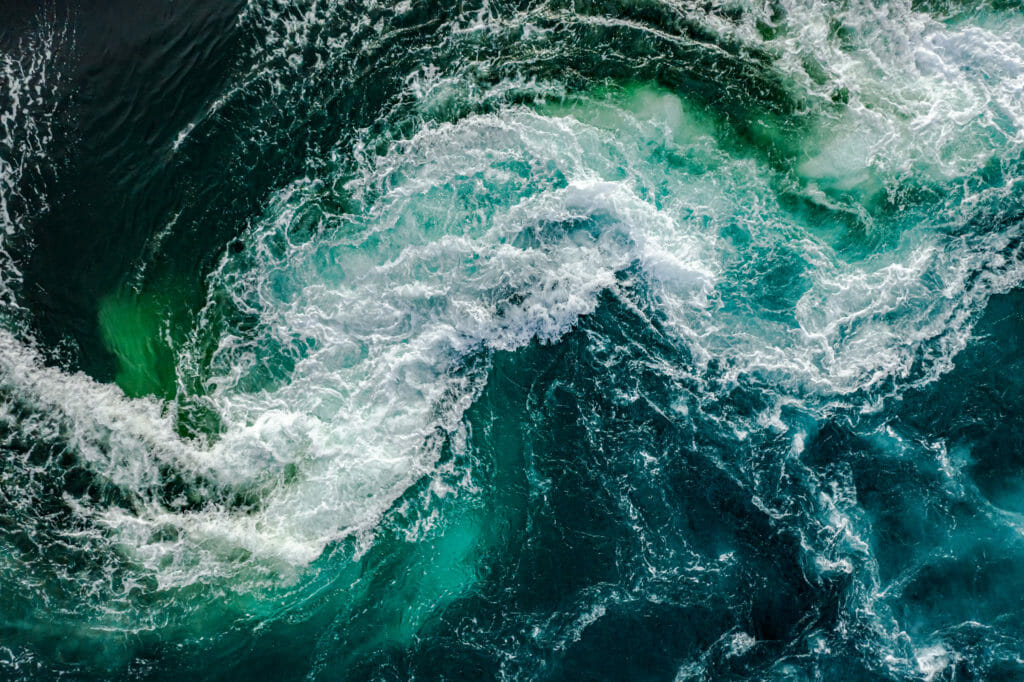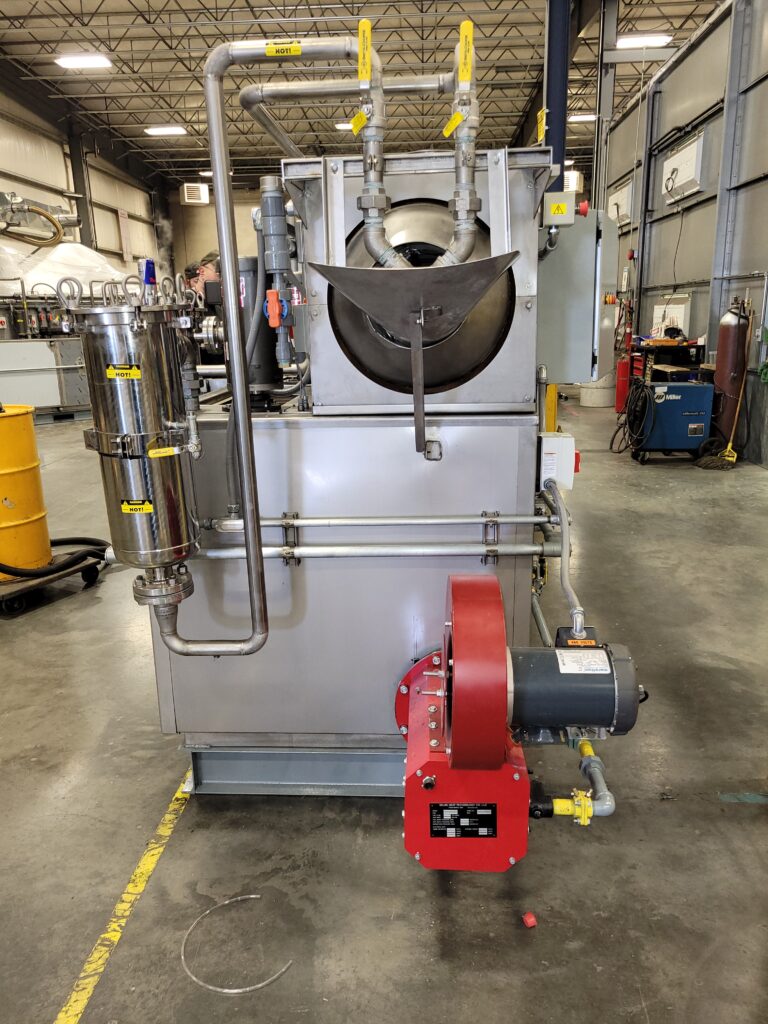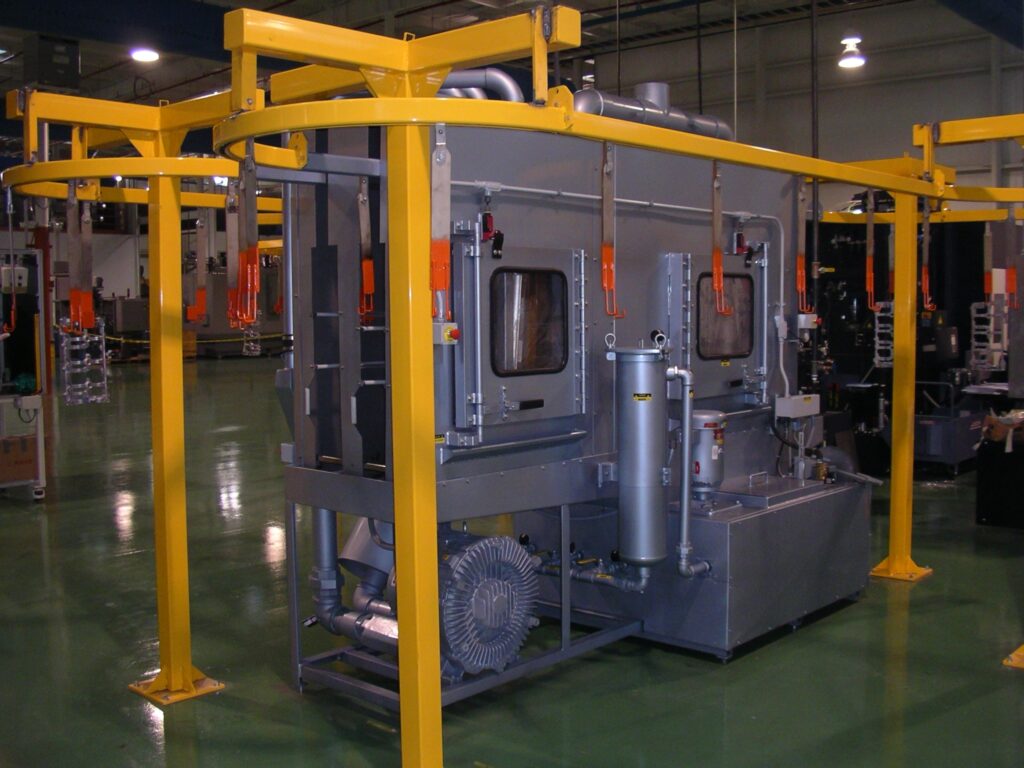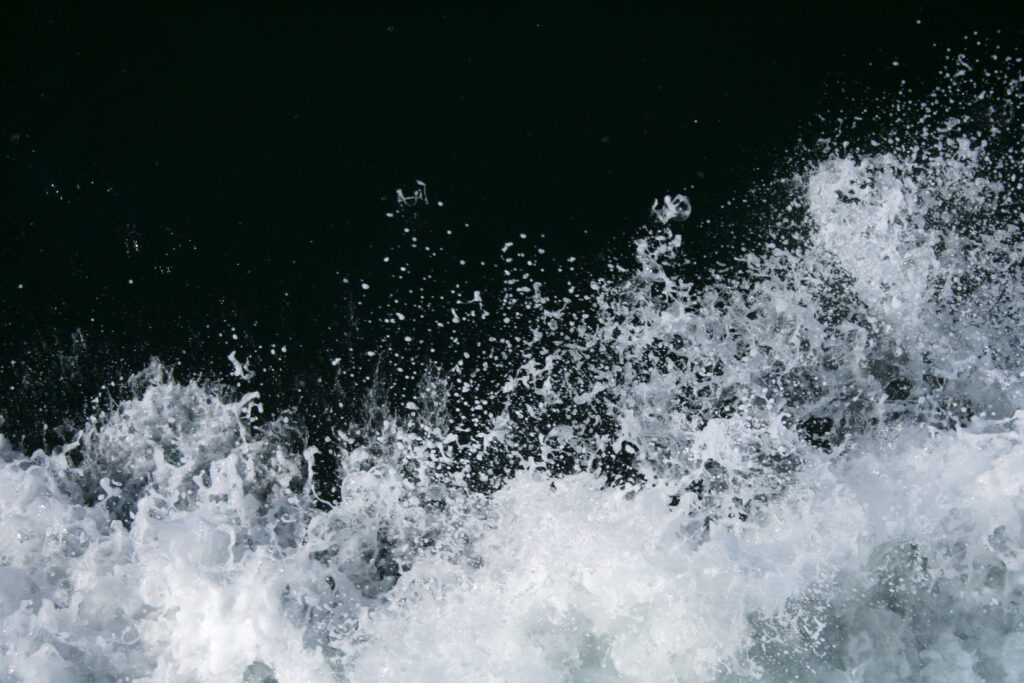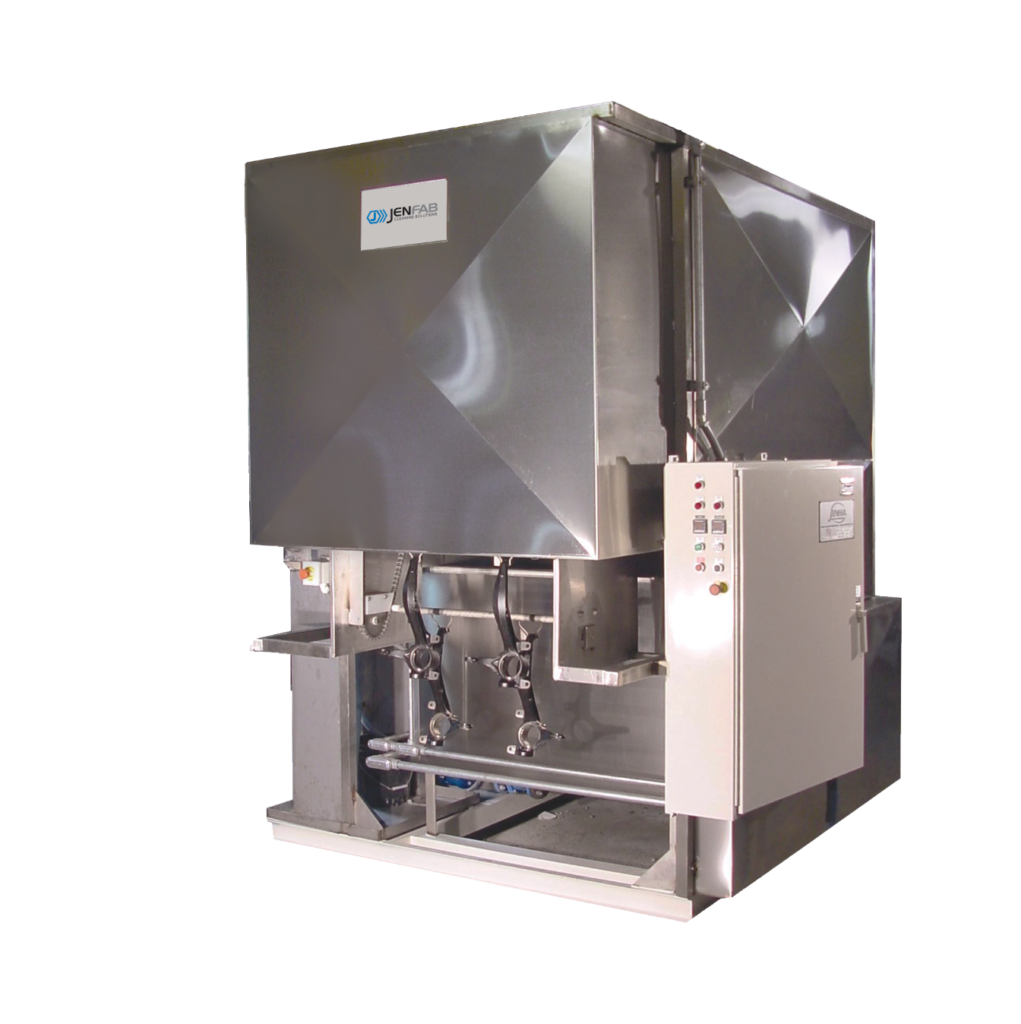Aqueous parts washers offer a safer, better clean. That’s one reason manufacturers choose aqueous cleaning systems over washing parts with petroleum solvents. As parts are cleaned in an aqueous solution, they leave grease and oil behind. Too much oil and residue build-up in your solution will render it ineffective.
You’ve got to clean oily parts to finish fabrication or start remanufacturing. What should you do? Oil skimmers and coalescers remove left-behind oil so you can continue using the cleaning solution. With some form of oil removal in place, you can maximize the reuse of your aqueous solution.
The Science Behind Oil and Water Separation
Oil and water don’t mix. When put together, natural separation occurs. Oil would have to bond with water to be soluble in it, but the molecules in oil cannot bond with water molecules because they are non-polar. In other words, the two don’t attract. Water molecules are attracted to water molecules, while oil molecules are attracted to oil molecules. That’s why oil often forms a separate layer on water’s surface.
Removing Oil from Aqueous Solutions
Water is the base of every aqueous cleaning solution. When oil is left in a water-based solution, it floats to surface because of its density. Oil is less dense than water. Removing free-floating oil is how you can keep your solution fresh.
There are two types of oil removal systems: oil skimmers and oil coalescers. When oil floats to the surface, oil skimmers can collect and remove it from the tank. You can also use an oil coalescer to “filter” oil from the solution and avoid recleaning parts later.
Skimming the Surface: Types of Oil Skimmers
How do oil skimmers work? Oil skimmers pick up oil floating on the surface of the solution. Skimmers are mounted to the top of the tank and made with an elastomer or polymer medium that causes oil to cling to them. They are best for picking up small to medium amounts of oil. Skimmers are often used when parts washers are not running to give oil time to separate after a wash cycle.
There are several types of oil skimmers:
- Belt skimmer. A belt lowers into the cleaning or rinsing tank. The belt picks up oil as it moves through the solution. Once it leaves the solution, wiper blades remove oil from the belt. The belt moves and collects oil continuously.
- Disc skimmer. Oil clings to a disc that’s partially submerged in the solution. This disc rotates to pick up oil at a higher rate. As it turns, wiper blades scrape oil off into a container. For a disc oil skimmer to work well, the solution must cover at least half of the disc’s surface.
- Drum skimmer. A large, rotating drum removes oil from the solution. Drum skimmers work similarly to disc skimmers.
- Mop skimmer. This skimmer resembles a mop with a long rope of tendrils. It enters the solution and picks up oil. Next, pinch rollers wring out the oil—like wringing out a wet floor mop.
- Tube skimmer. These skimmers use floating hoses or tubes to collect oil. A tube skimmer goes into the solution, grabs oil and returns to dispose of what it has collected.
Working with Gravity: Using Oil Coalescers
Another way to separate oil from water-based solutions is through an oil coalescer. Parts washers that use sprays or ultrasonics to clean may cause an emulsion. When oil emulsifies, it temporarily mixes with water. You may not have time to stop production and allow oil to separate in order to remove it. An oil coalescer helps you get the job done.
Coalescers attract small oil droplets in the solution and allow them to collect until they are large globules that can float to the surface. Coalescers pull the solution through a series of weir plates that capture the oil. As oil droplets gather together, they stick to one another and let the oil-free solution pass by. Gravity pulls the oil-free solution back into the wash or rinse tank for reuse.
Oil coalescing systems quickly remove oil from solution when cleaning at high rates. They recirculate the cleaning solution continuously as parts are cleaned and may also utilize an oil skimmer. Any oil that’s collected by the coalescer moves into a separate container.
Lengthening Your Solution’s Life
Removing oil and grease from your cleaning solution can add time to its lifespan. If you care for your aqueous solution, you will be able to use it for many cleaning cycles. Reusing solution—and still achieving a precise clean—cuts down costs over time and reduces water waste.
Need to tackle heavy and light duty cleaning? Our Orca parts washer takes cleaning to another level. Trade in your scrub tub or pressure washer for the roll-in door Orca—equipped with an oil skimmer to handle high-residue parts.
Request a quote today or call (417) 866-8855 to get started.











